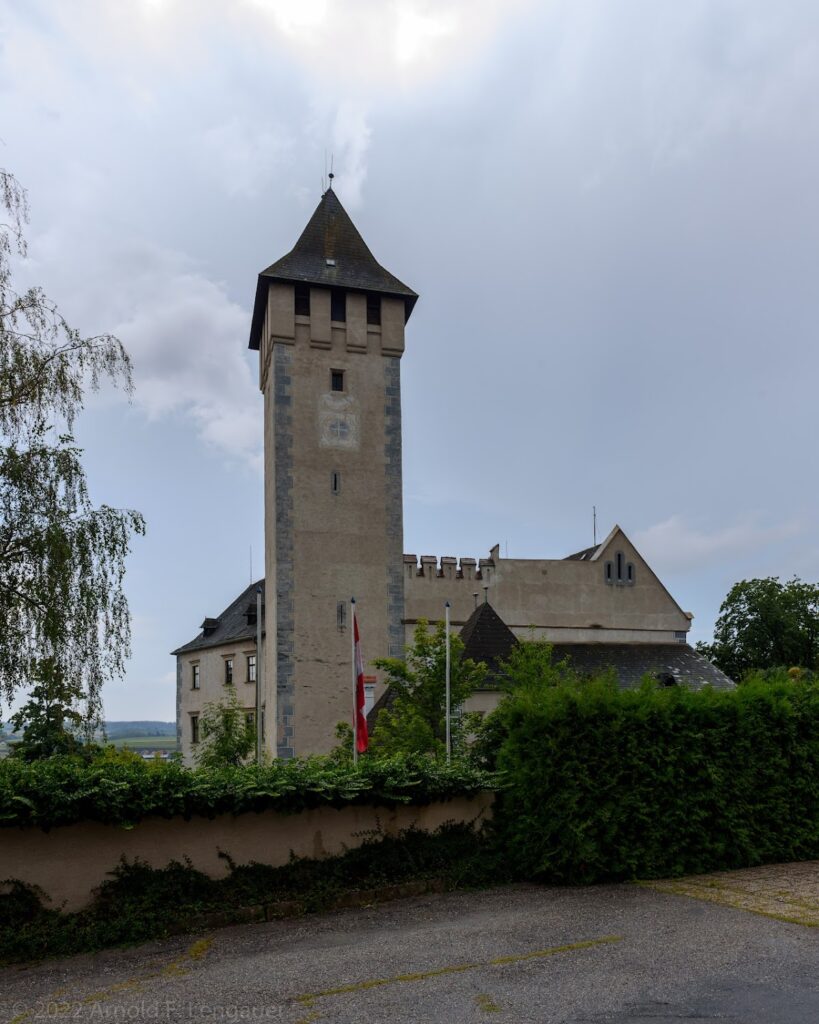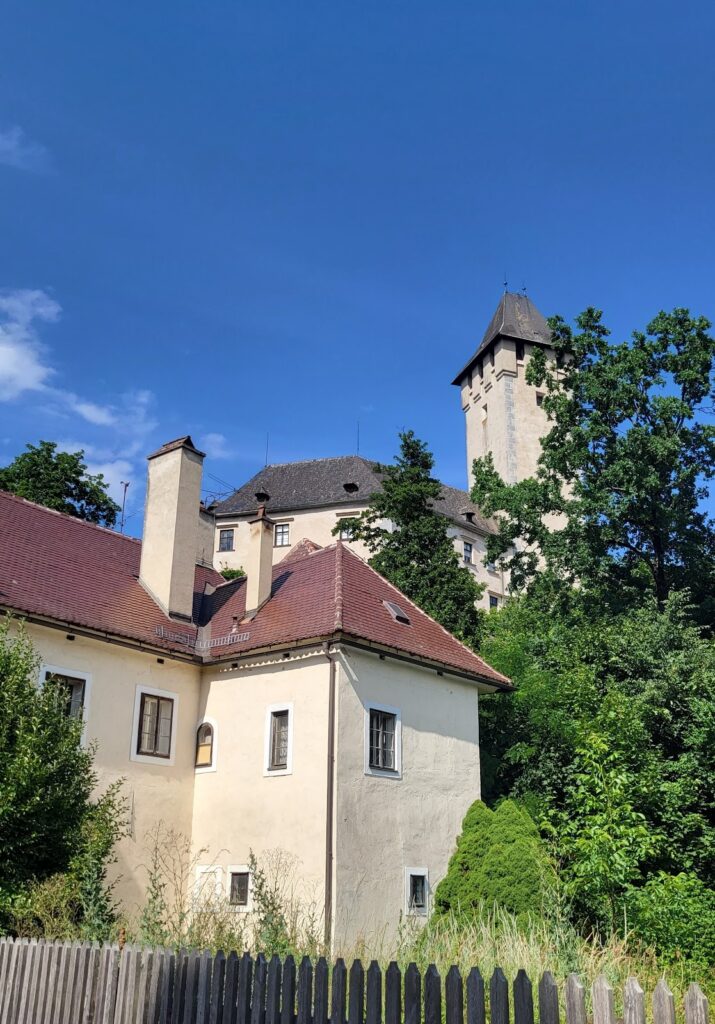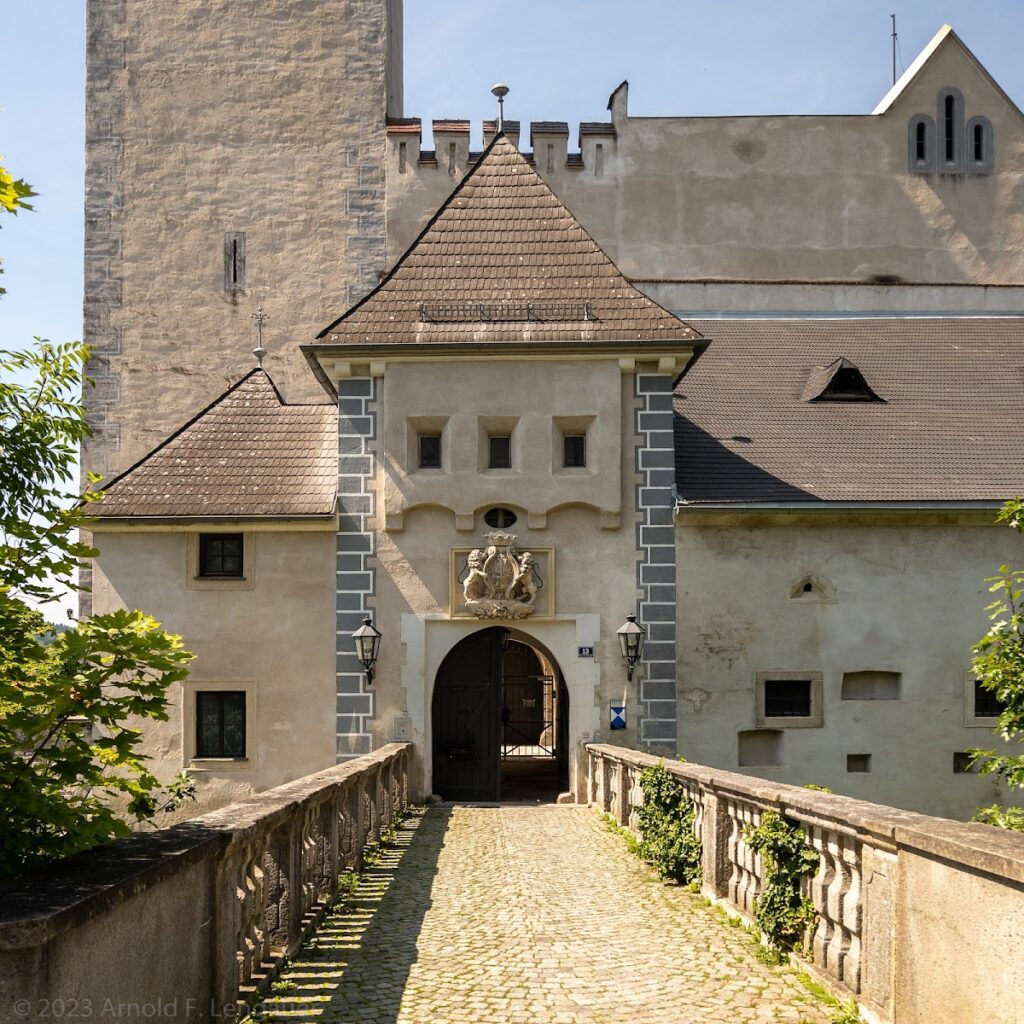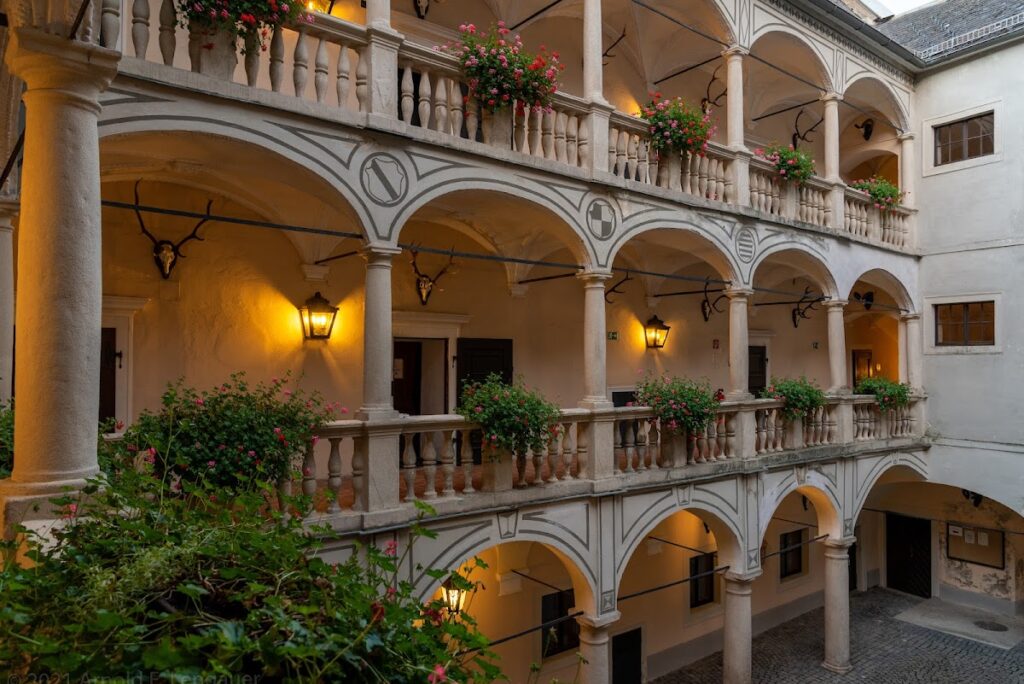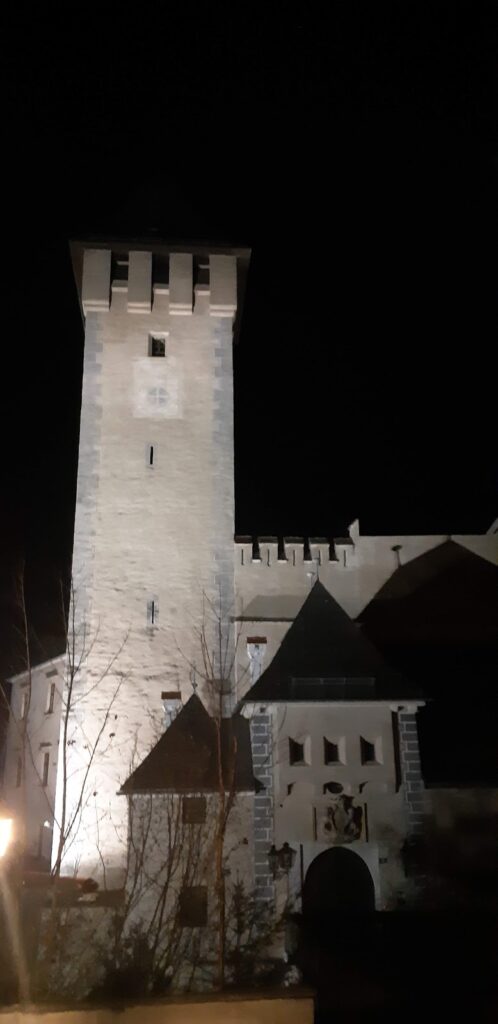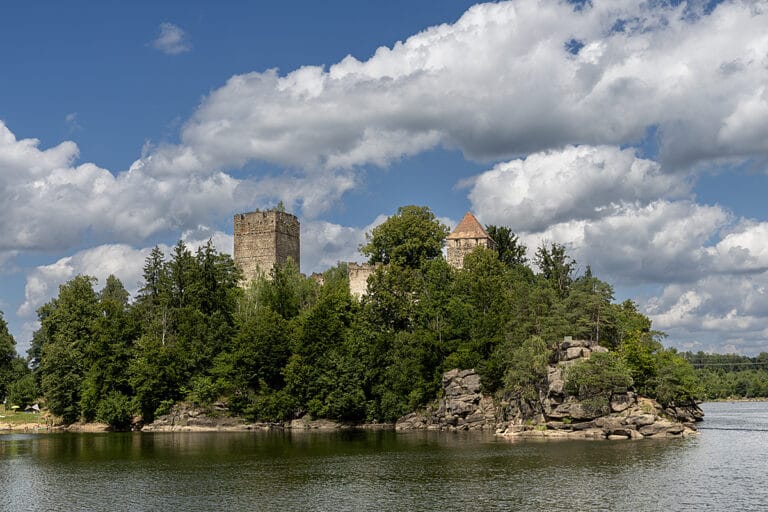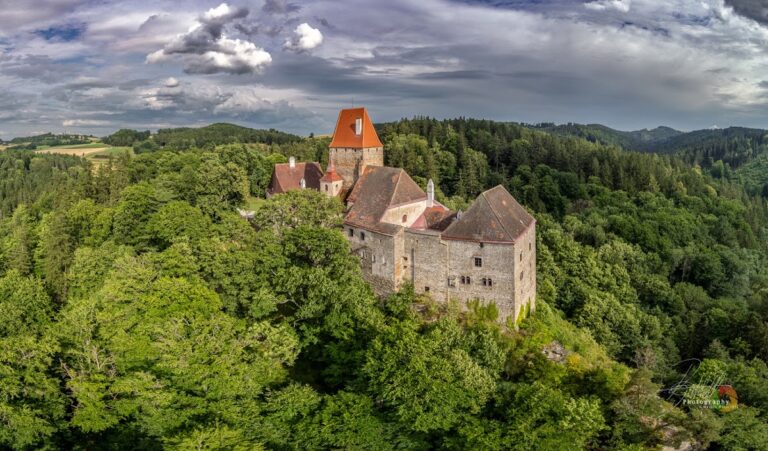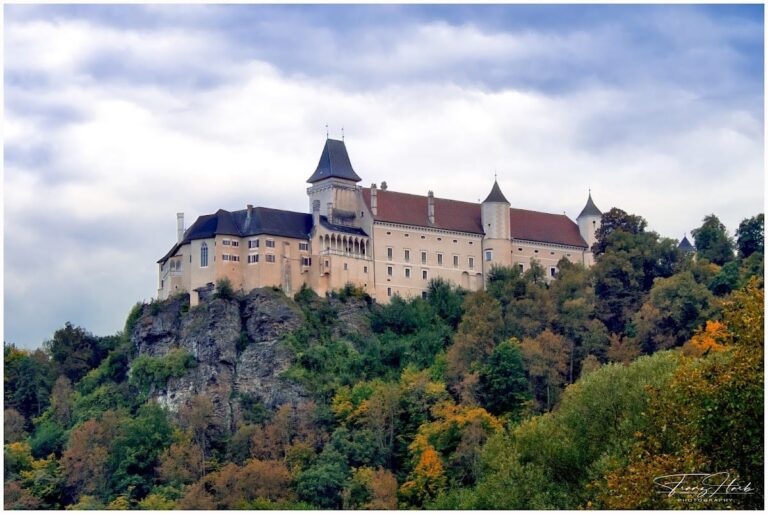Schloss Allentsteig: A Historic Castle and Military Site in Austria
Visitor Information
Google Rating: 4.3
Popularity: Very Low
Google Maps: View on Google Maps
Country: Austria
Civilization: Unclassified
Remains: Military
History
Schloss Allentsteig is situated in the town of Allentsteig in present-day Austria. The site was initially established around the year 1000 by the Kuenringer family, a noble lineage that played a foundational role in the castle’s early history. Over the centuries, the estate passed through the hands of several aristocratic families, reflecting the shifting political landscape of the region.
During the 14th century, control of the property moved between prominent noble houses including the Kamegg-Kaya lineage until approximately 1390, and the Sonnberger family. In 1332, Eberhard V. von Walsee held ownership before the estate was returned to the Kuenringer family in 1367. A significant transition occurred in 1380 when the Maissau family took possession of the estate. The last Maissauer, Otto IV, leased the property in 1409 to Hans Hager, but after Otto faced accusations of treason and subsequent disgrace, the estate was reclassified as a landfief. This change led to its grant to the Puchheim family in 1440.
The castle experienced military significance in 1486 when the mercenary leader Spanowsky seized Allentsteig on behalf of King Matthias Corvinus of Hungary. Around the dawn of the 16th century, the Hager family, then enfeoffed with the castle, undertook a transformation of the medieval fortress into a Renaissance palace, carrying out construction work between 1544 and 1570. The Hagers were notable nobles and followers of Protestantism; Sigmund Hager notably maintained contact with Martin Luther in Wittenberg. Their religious stance brought hardship during the Thirty Years’ War as the castle endured multiple plunderings and occupation by imperial forces. In 1629, Hans Friedrich von Sonderndorf lost the estate due to confiscation.
Following this period, ownership passed through several noble families, including the Rappach barons who held the property until 1694. Through marriage, it then came under Count Ernst August von Falkenhayn. The castle itself suffered damaging fires in 1682 and again in 1752, marking challenging periods of repair and restoration. In the early 19th century, ownership changed hands to Freiherr Leopold von Hahn in 1804, then to the Pereira-Arnstein family in 1816, before being acquired by the Princes of Liechtenstein sometime after 1884.
In 1918, the estate was inherited by Baroness Maria von Preuschen. During the expansion of the Allentsteig military training area by Nazi Germany in 1938, the castle was repurposed as the military command center, a role it maintained throughout subsequent Soviet occupation from 1945 to 1955 and after its transfer to the Republic of Austria, reflecting its continued strategic importance in modern times.
Remains
Schloss Allentsteig presents a distinctive five-sided structure that incorporates substantial portions of its original medieval fortifications, though largely developed into a Renaissance-style palace. The core of the castle includes a massive bergfried, or keep, dating back to the late 12th century, which is one of the oldest surviving components. This tower features a Romanesque-style portal that opens into the castle courtyard, exemplifying early medieval stonework alongside an adjacent eastern wall constructed with precisely cut ashlar masonry.
The upper floor of the tower, crowned with battlements and a tent-shaped roof, was added much later in 1904, illustrating ongoing modifications across centuries. Entrance to the castle’s grounds is achieved through a two-story gatehouse from the 16th century, notable for its broad oriel window – a projecting bay window – that sits above a rusticated Renaissance gate characterized by rough-faced stonework. Within the inner defenses, an original wall dating to approximately 1300 remains; it is pierced by a gate with a pointed Gothic arch constructed in the first half of the 14th century.
The castle’s exterior is marked by windows framed with carved stone moldings that date from the late 1500s to early 1600s, coinciding with the Renaissance remodeling period. At the heart of the complex lies a three-story, rectangular courtyard arranged along a longitudinal axis. This courtyard features arcades with flat arches supported by Tuscan columns, a style known for its simple, unadorned capitals inspired by classical Roman architecture. The courtyard bears an inscription with the year 1576, indicating the date of this significant architectural enhancement.
Inside, much of the castle’s interior underwent remodeling toward the end of the 19th century. During this phase, historicist tiled stoves were installed, reflecting the decorative tastes of the period that sought to revive earlier historical styles. As of 2016, the castle continues to function in a military capacity, serving as the command center for the Allentsteig training area and housing the 4th Reconnaissance and Artillery Battalion, blending its historical legacy with contemporary use.
